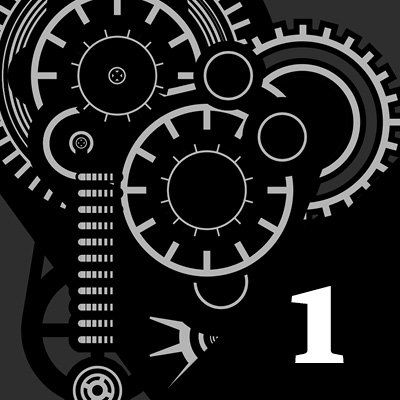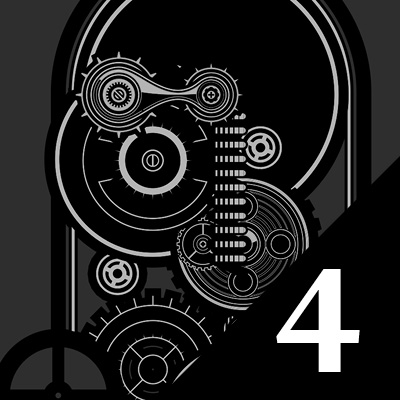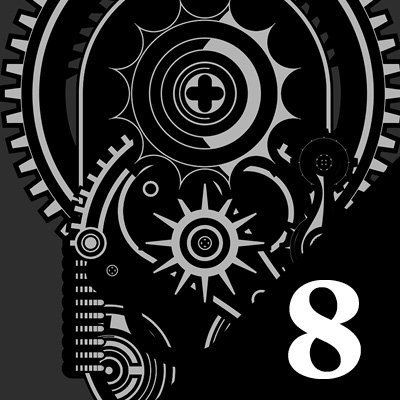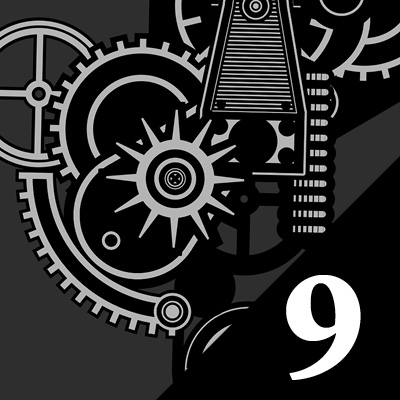Lives of Machines & The Industrial Revolution: 7
A GRANITE BAY DESIGN MICROSITE![]()
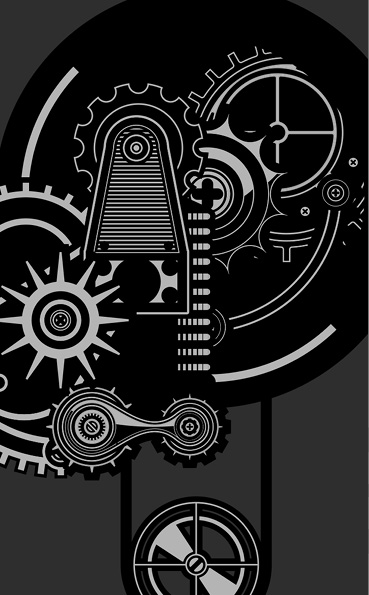 Lives of Machines and
Lives of Machines and
The Industrial Revolution: Part 7
Milestones & Terminology
1855
Invention of a process to make Steel out of Iron: Having a way to make steel more quickly and more cheaply helps the production of building and leads to the growth of cities. The mass-production of cheap steel only became possible after the introduction of the Bessemer process, named after its brilliant inventor, the British metallurgist Sir Henry Bessemer. Bessemer reasoned that carbon in molten pig iron unites readily with oxygen, so a strong blast of air through molten pig iron should convert the pig iron into steel by reducing its carbon content. Steelmaking has played a crucial role in the development of ancient, medieval, and modern technological societies. Early processes of steel making were made during the classical era in Ancient Iran, Ancient China, India, and Rome. [1]
What is an Example of a “Simple Machine”?
The idea that a machine can be decomposed into simple movable elements led Archimedes to define the lever, pulley and screw as simple machines. By the time of the Renaissance this list increased to include the wheel and axle, wedge and inclined plane. The modern approach to characterizing machines focusses on the components that allow movement, known as joints. Wedge (hand axe): Perhaps the first example of a device designed to manage power is the hand axe, also called biface and Olorgesailie. A hand axe is made by chipping stone, generally flint, to form a bifacial edge, or wedge. A wedge is a simple machine that transforms lateral force and movement of the tool into a transverse splitting force and movement of the workpiece. The available power is limited by the effort of the person using the tool, but because power is the product of force and movement, the wedge amplifies the force by reducing the movement. This amplification, or mechanical advantage is the ratio of the input speed to output speed. For a wedge this is given by 1/tanα, where α is the tip angle. The faces of a wedge are modeled as straight lines to form a sliding or prismatic joint. [2]
“We’ve gotten past the point in our evolution where the Lone Ranger is going to go out there and grab the data and solve the problem for us. We probably don’t realize the degree to which collaboration is an essential ingredient in all of this. That is the secret sauce.”
Robert Golightly
The Industrial Revolution
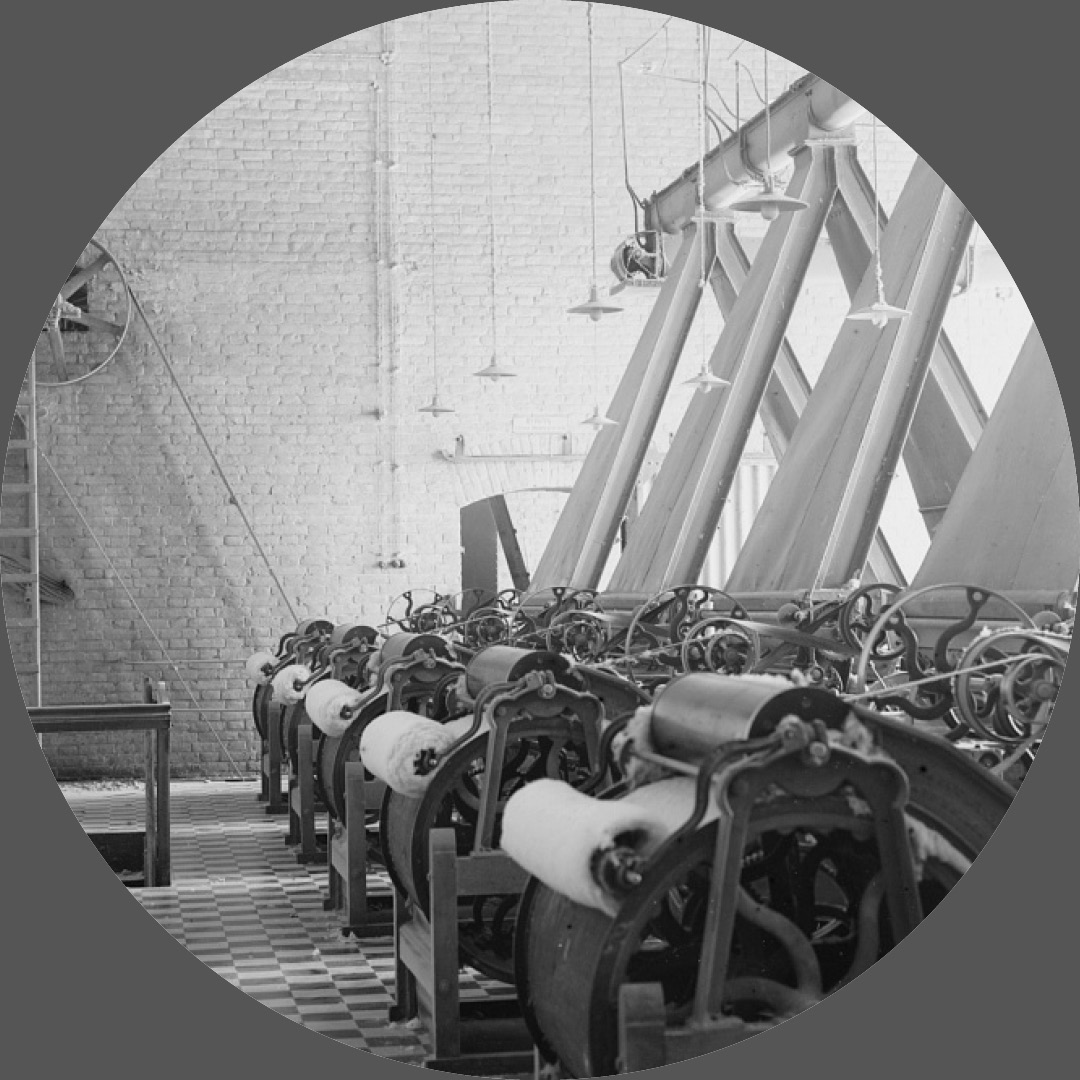
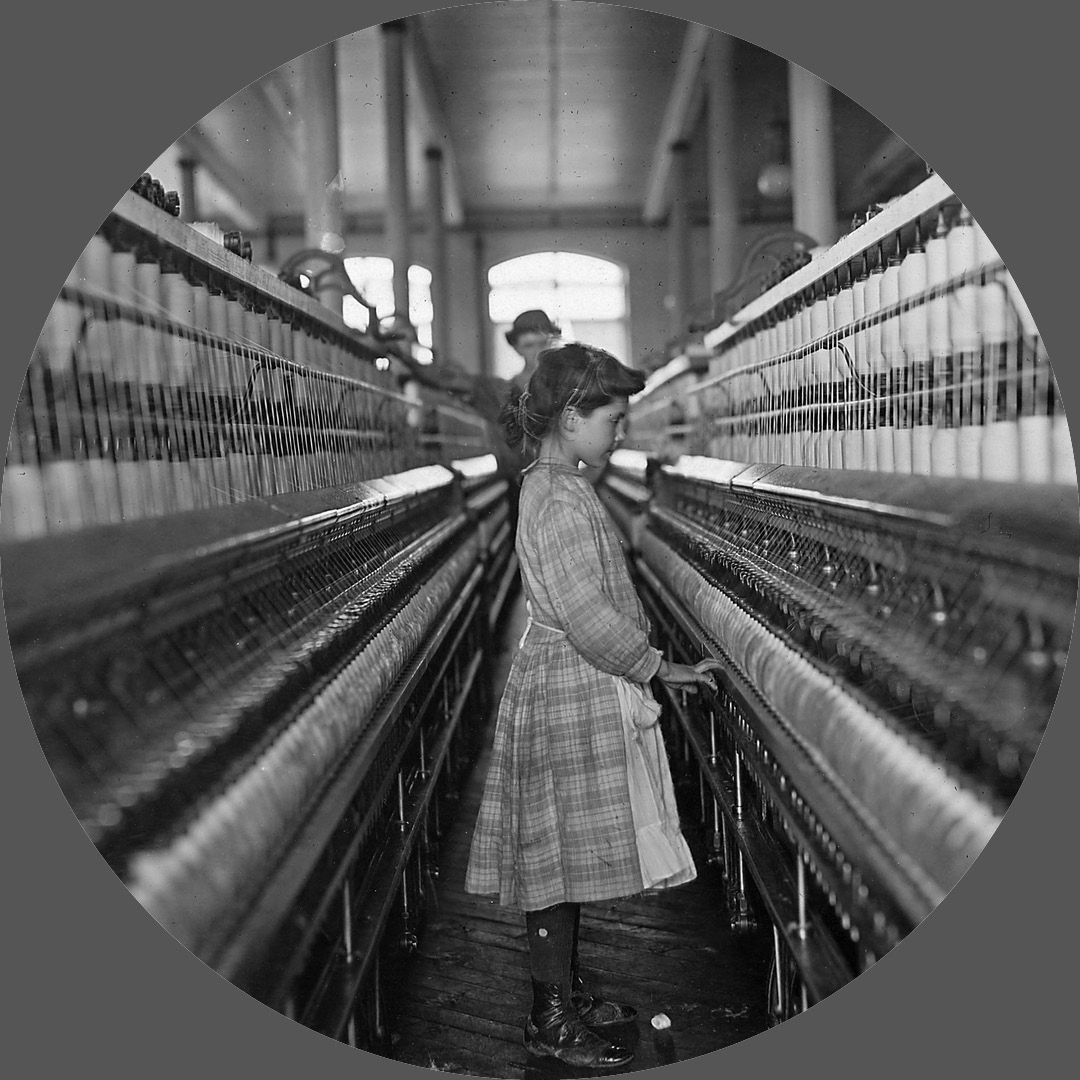

What Is Industrialization? Industrialization is the process of transforming the economy of a nation or region from a focus on agriculture to a reliance on manufacturing. Mechanized methods of mass production are an essential component of this transition. The positive characteristics of industrialization include economic growth, a more efficient division of labor, and a growth spurt in technological innovation. Industrialization is a transformation away from an agricultural- or resource-based economy, toward an economy based on mechanized manufacturing. Industrialization is usually associated with a greater average income and improved living standards. Early industrialization occurred in Europe and North America during the 18th and 19th centuries, and later in other parts of the world. Numerous strategies for industrialization have been pursued over time, with varying levels of success. [3]
[1] is from one of two sources, either Riyasamdani or Historic UK. [2] is from Wikipedia and [3] is from The Gutenberg Project section on The Industrial Revolution. The period photographs are from a variety of public domain sources. You can use the thumbnail gallery below to navigate through the site.

